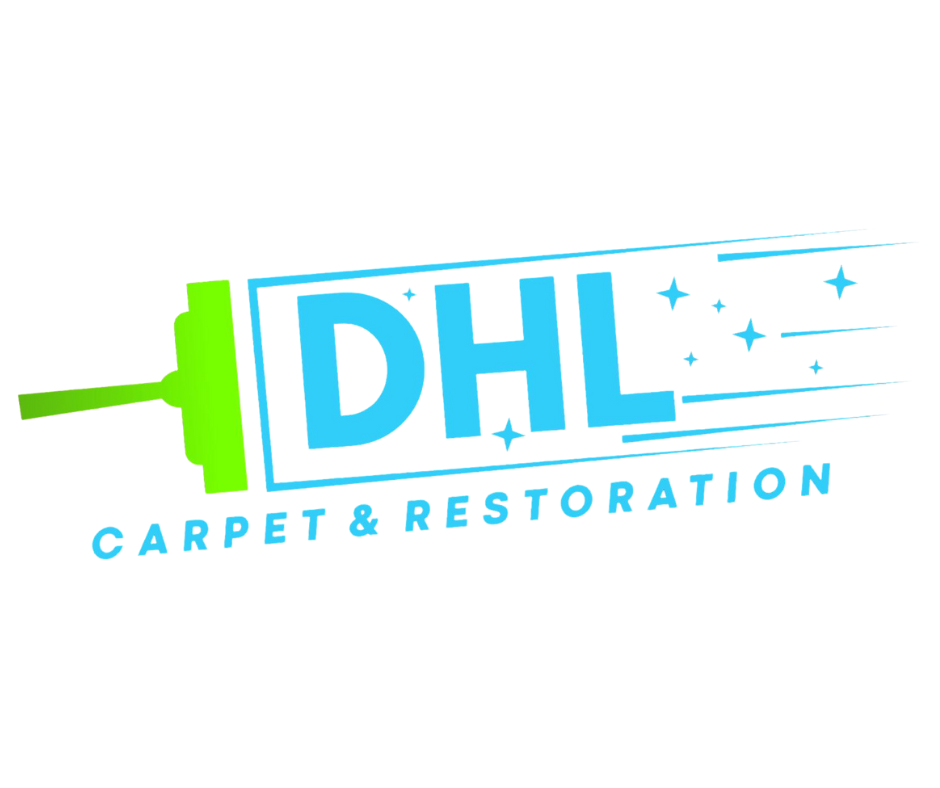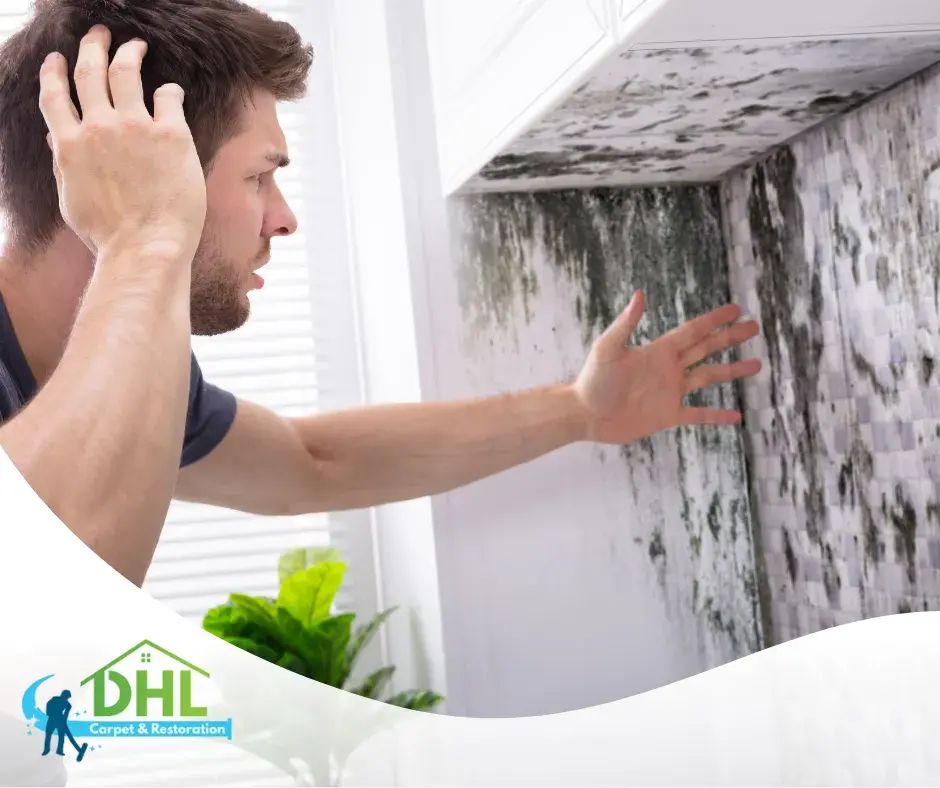When mold shows up in your home, it can be tempting to try and scrub it away. But addressing mold properly goes far beyond surface cleaning. The terms Mold Removal and mold remediation are often used interchangeably, yet they involve very different processes and outcomes. Knowing the distinction helps homeowners make informed decisions to ensure lasting safety and indoor air quality.
Understanding What Mold Removal Actually Covers
Mold removal typically refers to cleaning visible mold from surfaces like walls, ceilings, or bathroom tiles. While this may temporarily improve appearances, it rarely addresses the hidden mold growing behind drywall or in ventilation systems. Since mold spores are airborne and microscopic, simply wiping a surface clean doesn’t eliminate the risk. Professional Mold Removal involves specialized tools and protective measures to remove mold safely and effectively.
Why Remediation Offers a Broader Solution
Remediation is a more thorough process that identifies the moisture source behind mold growth, contains the affected area, filters the air, and removes contaminated materials. It focuses not only on cleanup but on restoring healthy air quality and preventing future infestations. This approach is particularly important when mold has spread across large areas or into building materials. Unlike removal alone, remediation creates a long-term plan for managing mold safely and sustainably.
When Each Approach Is Appropriate
If mold is limited to small patches in non-porous areas like bathroom grout or windows, targeted removal may be sufficient. However, if there’s visible damage, recurring growth, or musty odors, it’s time to consider full remediation. Attempting mold removal without identifying the cause—such as leaks or high humidity—often results in mold returning. The more extensive the issue, the more essential it is to involve certified remediation professionals who can handle both cleanup and prevention.
Protecting Your Health and Property
Mold can contribute to respiratory problems, allergic reactions, and worsen conditions like asthma. Removing surface mold might reduce visual signs, but spores can remain airborne and continue affecting indoor air. That’s why removal should be part of a comprehensive solution. Whether you’re responding to water damage or improving indoor air safety, understanding the difference between removal and remediation can help you protect your home and everyone inside it.
Learn More

